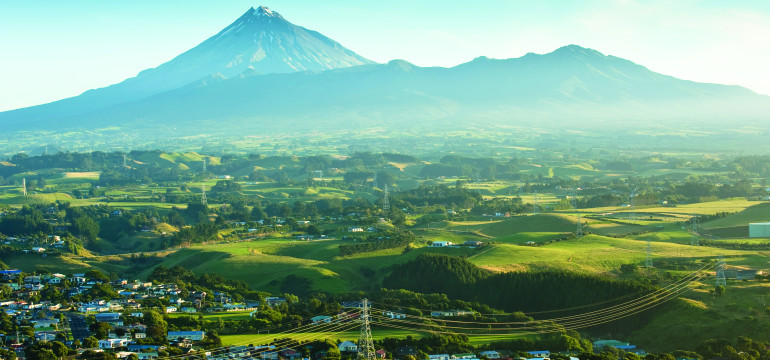New natural disaster response strategies set to improve community recovery in the future
New regional disaster response strategies developed by a unique collaboration of recovery agencies and insurers are intended to support Hawke’s Bay and West Coast communities, and soon Taranaki, to recover a lot faster from future natural disasters.

Toka Tū Ake EQC has been leading regional workshops with input from private insurers, National Emergency Management Agency (NEMA), local Civil Defence and council staff, as well as community groups, to test realistic disaster scenarios and make plans for working together to support community recovery through the insurance response.
“A strong insurance response is really important following a natural disaster. We know from experience that after the critical needs of safety, wellbeing, food, water and sanitation are taken care of, people’s concerns quickly move to a need to be in a safe, unbroken home,” says Toka Tū Ake EQC Chief Readiness Officer Kate Tod.
“As the nation’s natural disaster home insurance scheme, we feel a deep responsibility to make sure we’re ready with our partners to support communities following future natural disaster events.”
Tod says the insurance strategies were a major step forward to better respond as an industry to a major natural disaster, by using the valuable lessons learned over the years.
"This scenario planning is part of our commitment to all New Zealanders to learn the lessons from Canterbury and ensure we’re better prepared for the next natural disaster,” she says.
The research data and modelling tools funded by Toka Tū Ake EQC have been used to create scientifically credible event scenarios for each region. The workshop in Hawke’s Bay was based on a magnitude 7.6 earthquake, the West Coast strategy was based on a magnitude 8.2 Alpine Fault scenario, while the Taranaki strategy is looking at an eruption of their local volcano.
Tod says the communities in each region live with their local natural hazards each day, but she hopes the communities may get some level of assurance that insurers and responders now have a more advanced strategy for how they will work together to respond to any major natural disaster.
“We now have a solid starting point to deliver scenario-based insurance responses and we trust that through ongoing conversations and similar exercises these strategies will be developed further. We will keep fine-tuning as time goes on, but the most important point is that we won’t need to start from scratch when we are dealing with an actual event,” says Tod.
The scenario loss modelling showed the recovery agencies which areas would be most impacted, how many homes could be damaged, and to what extent, to help determine where to put their resources and people power to help the most affected communities recover.
“If we better understand our risks, everyone can adapt to help reduce the impact of future natural disaster events on communities and property and ensure everyone can get back to normality following it,” Tod says.
Toka Tū Ake EQC has committed to delivering similar strategies in regions around the country.
“We know that stronger collaboration at a local and central agency level will benefit regional recovery efforts. The collaboration and strategies we have developed so far are a blueprint we can roll out across the country over the coming years,” Tod says.
Tod explains that the strategies will inform the Toka Tū Ake EQC public education programme to ensure homeowners better understand their natural hazards and what they can do to prepare for future events.
The strategies also enabled Toka Tū Ake EQC to test and improve the new Natural Disaster Response Model (NDRM) in a realistic scenario.
The NDRM was launched in 2021 to streamline customer response by giving homeowners a single point of contact for their insurance claim, including the EQCover portion, through their private insurer.
“This new insurance model is a game changer as it provides simplicity and clarity for customers at a time they need it most and allows their claims to be settled more efficiently through one point of contact, so they can start their recovery journey,” Tod says.
“Being able to discuss what our likely insurance response to a maximum realistic event across different regions could look like and agree on priorities and resource requirements, enables everyone to be better prepared,” she adds.